This post has been republished via RSS; it originally appeared at: Channel 9.
Here's a select few, just 15, of the great videos, shows and episodes from last week, here on Channel 9...
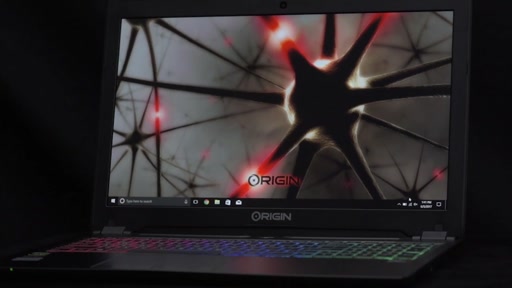
- Origin PC Announces Ultra Thin EVO 15-S Gaming Laptop with Full Desktop NVIDIA GeForce …
Find out about the latest incredible EVO 15-S gaming laptop from Origin PC. Also, learn about the amazing support and upgrade programs that Origin PC provides for customers - PC's supported for life what!! If you are building custom or buying a laptop learn why you might want to consider Origin PC. ...
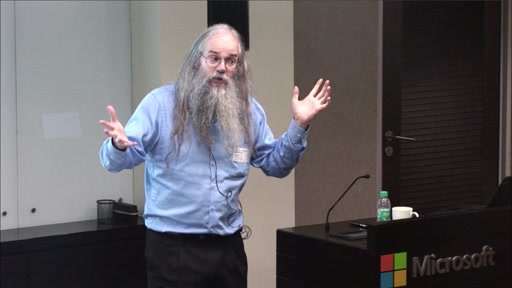
- Spoken Dialogue Systems - Personal Assistants and Non-Task Oriented Systems
Part 2 of Alan W Black's Spoken Dialogue Systems talk based on lectures he gave at Carnegie Mellon University.
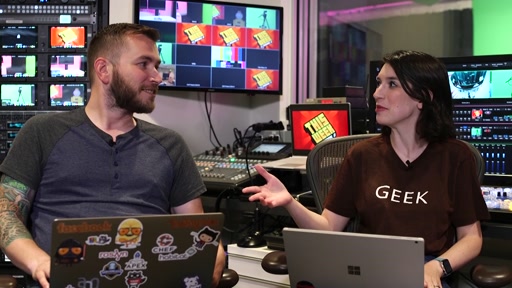
- TWC9: Equifax Data Breach, Windows 10 Oct 17th, Future Decoded, AI Interoperability, Robot…
This week on Channel 9, Christina and Bryan discuss the week's top developer news, including;
- [00:35] Equifax Says Data Breach Could Impact 143 Million [Todd Haselton]
- [01:24] Create and play this holiday with the Windows 10 Fall Creators Update coming Oct. 17 [Terry Myerson]...
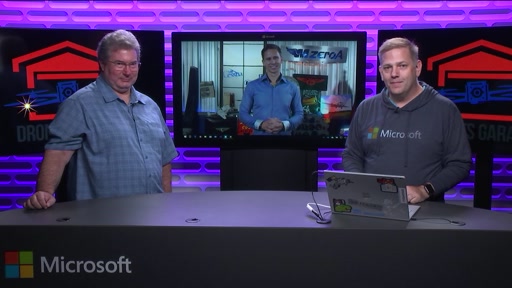
- How To Get Your UAS Certification
In this episode, chapter lead Jacob is back with Erik Petersen and joined by our special guest Jason Schappert from RemotePilot101.com. We talk what it takes to get your UAS certification from the FAA and what things to look for when you are studying for the test....
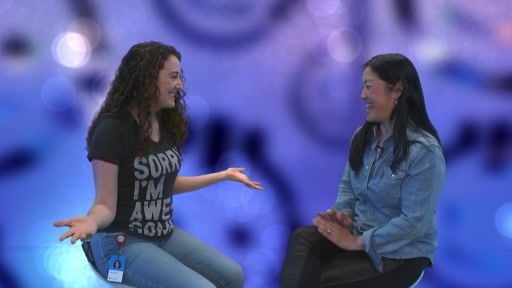
- Meet Lili Cheng, Vice President, Artificial Intelligence and Research
Lili Cheng is responsible for Microsoft's AI Developer services such as Bot Framework and Cognitive Services
Within Microsoft, Cheng has diverse talent. She founded the Social Computing Group in Microsoft Research & Future Social Experiences (FUSE) Labs, was the Director of User Experience for Microsoft Windows, and innovated on technical infrastructure in the areas of real time data and search, including: real-time ingestion of Facebook and Twitter firehose data on Microsoft Azure; desktop search which unified the Windows and Office search indexes for Windows, and core search technologies for Office 365.
Prior to joining Microsoft, Cheng worked in Apple Computer's Advanced Technology Group on the User Interface research team, where she focused on QuickTime Conferencing and QuickTime VR. Her first career was as an architect in Tokyo and Los Angeles for Nihon Sekkei, and Skidmore, Owings & Merrill on commercial urban design and large-scale building projects. She continues to maintain her architect's license with an eye towards inventing new ways for people to interact online. She has also taught design at NYU and Harvard University....
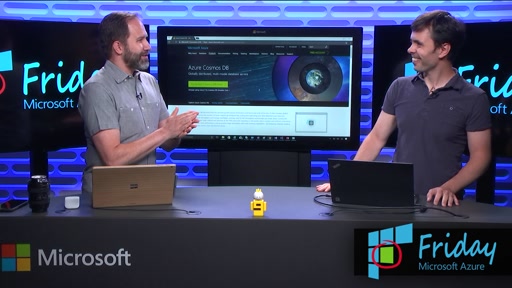 ..
..- Try Azure Cosmos DB for Free
Kirill Gavrylyuk shows Scott Hanselman a new way to try Azure Cosmos DB free of charge, no sign-up or credit card required. It's a perfect way to get to know Azure Cosmos DB better, without commitment. ...
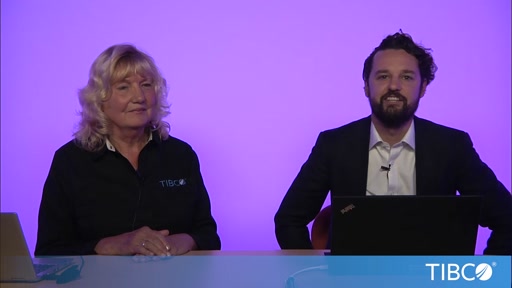
- Virtual HPC Supercomputers in Azure with TIBCO DataSynapse GridServer
Learn about High Performance Compute in Azure with TIBCO DataSynapse GridServer.
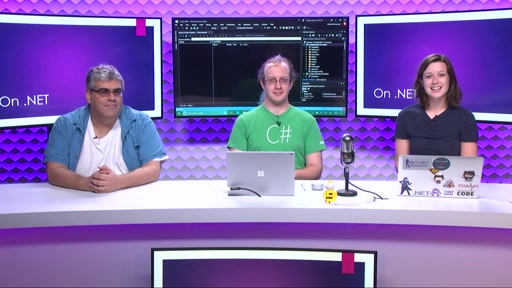
- Mitch Muenster & Dante Gagne - Developing with Disabilities
Mitch Muenster, a Microsoft MVP, and Dante Gagne, a Program Manager focused on accessibility, come on the show to talk about accessibility initiatives in Visual Studio and challenges developers with disabilities have getting started.
We also talk about the Microsoft Surface Dial and the possibilities it brings to developers working with handicaps.
Accessibility Improvements in Visual Studio 2017 version 15.3
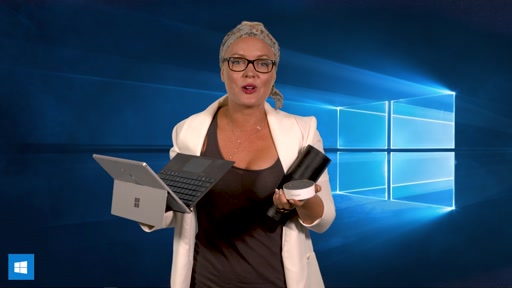
- Cortana, Word tips, and more!
This Week on Windows: we're showing off some newly announced Windows Mixed Reality Headsets, giving you tips to use Word like a pro and we've got news about a future collaboration between your favorite digital assistants. Specific topics covered in this week's episode include:
- IFA announcements/HMDS
- Alexa/Cortana
- 5 tips for Word
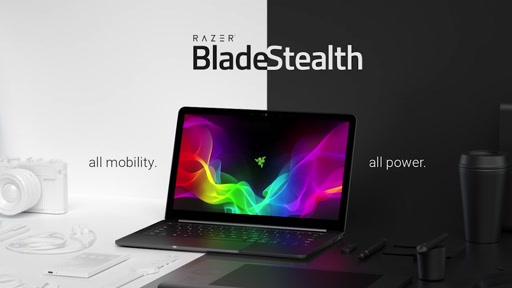
- Razer Announces New Wireless Thresher Gaming Headset Along with Updated Gaming Notebook…
Check out the latest full line up of amazing gaming devices from Razer as we review their latest lineup with Razer's product development team.
[00:38] - Razer Blade Steath Refresh
[01:58] - Pairing with Razer Core ...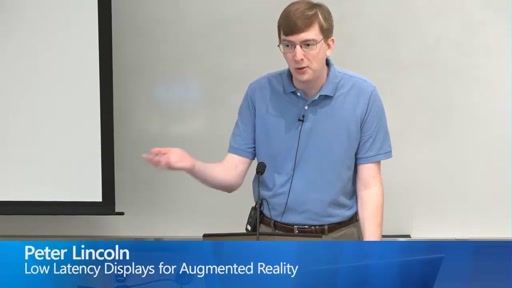
- Low Latency Displays for Augmented Reality
The primary, long-standing goal for Augmented Reality (AR) is bringing the real and virtual together into a common space. To maintain the illusion that these two worlds coexist, however, requires that they maintain pose registration among related objects spatially and temporally consistent (i.e., objects at the same location should stay connected despite changes in user or object pose). The greatest source of registration error in this regard is from latency—the delay between when a pose changes and the display changes in response—which breaks temporal consistency. Furthermore, the real world varies greatly in brightness; ranging from bright sunlight to deep shadows. Thus, a compelling AR system must also support High-Dynamic Range (HDR) to maintain its virtual objects' appearance both spatially and temporally consistent with the real world. This presentation demonstrates new methods for low latency displays, primarily in the context of Optical See-through, AR, Head-Mounted Displays, which has the least tolerance for latency in displays, focusing on temporal consistency in registration, HDR color support, and spatial and temporal consistency in brightness:...
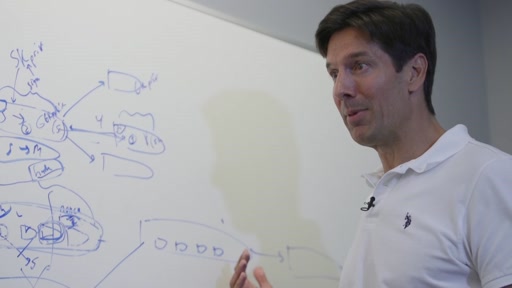
- An Introduction to Blockchain with Mark Russinovich
Blockchain is an interesting technology that I wish I understood better. I reached out to Mark in order to get a better handle on the technology and why it might be useful in a business setting. In this video Mark explains the basic building blocks of blockchain. The discussion included transactions, blocks, and hashes and how these fundamentals could be used to create a distributed ledger. Would love your thoughts!
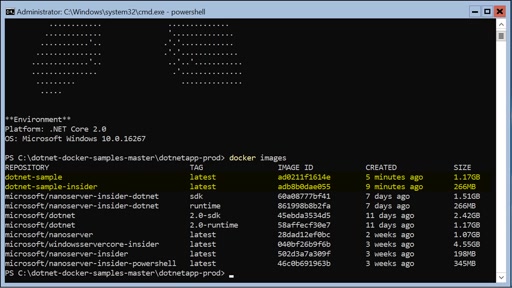
- Nano Server Container Image
This quick video shows the size of a Nano Server container image.
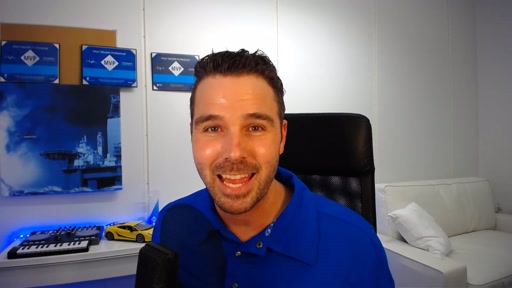
- Dynamics Podcast // Episode 17 // Common Data Service
Join us while we talk to the team behind the new and exciting Common Data Service!...
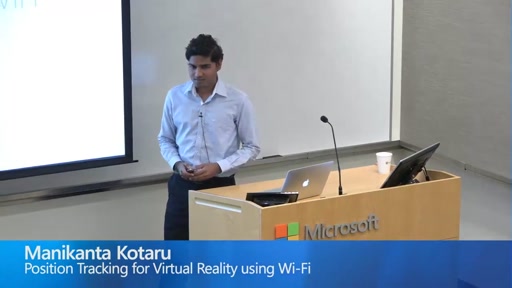
- Position Tracking for Virtual Reality using Wi-Fi
Today, experiencing virtual reality (VR) is a cumbersome experience which either requires dedicated infrastructure like infrared cameras to track the headset and hand-motion controllers (e.g. Oculus Rift, HTC Vive), or provides only 3-DoF (Degrees of Freedom) tracking which severely limits the user experience (e.g. Samsung Gear VR). To truly enable VR everywhere, we need position tracking to be available as a ubiquitous service. This paper presents WiCapture, a novel approach which leverages commodity WiFi infrastructure, which is ubiquitous today, for tracking purposes. We prototype WiCapture using off-the-shelf WiFi radios and show that it achieves an accuracy of 0.88 cm compared to sophisticated infrared-based tracking systems like the Oculus, while providing much higher range, resistance to occlusion, ubiquity and ease of deployment. This talk is based on joint work with Sachin Katti. ...
Follow @CH9
Follow @gduncan411

